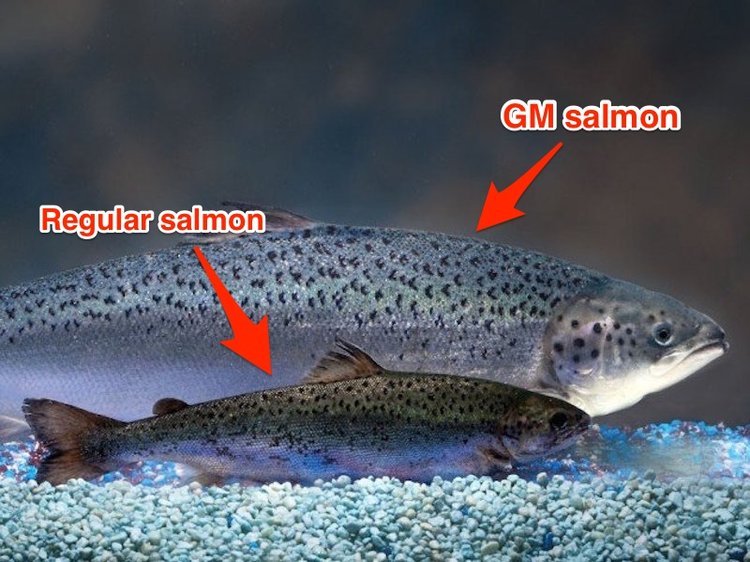
When you take a bite of steak or munch on a turkey drumstick, you probably don't think about the animal it came from.
We've been eating animals for millennia, but generations of breeding have given rise to farm animals that look pretty different from their wild ancestors.
From turkeys and chickens to cows and sheep, here's how some of the most common animals we eat looked in the past versus today:
Salmon

While we often think of breeding as applying only to land animals, let's not forget fish farming. Atlantic salmon have been bred to be larger as well as feed faster than their counterparts in the wild. And now, we've even developed a genetically modified salmon (pictured), which contains a gene that allows it to grow faster than conventional salmon.
_______________________________________________________________________________
Turkeys
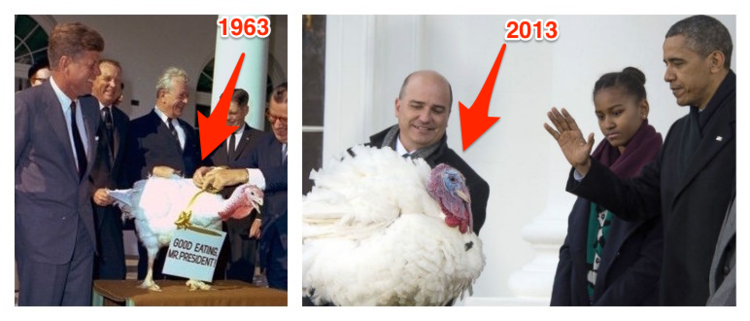
We've bred many animals to unnatural proportions, and turkeys may be the most drastic example. Turkeys of the 1930s were, on average, 13.2 pounds, but by 2014, an average turkey weighed in at a whopping 29.8 pounds — more than twice as large, according to Mother Jones. Just check out the turkey JFK pardoned in 1963 (left), compared to the one Obama pardoned in 2013 (right).
___________________________________________________________________________________________________________________________
Cows

The breeding of beef cattle can be traced back to the efforts of British agriculturalist Robert Bakewell in the 18th century, who bred them to be larger and meatier than ancestors like the Wild Cattle of Chillingham (left). The most extreme example today is the Belgian Blue (right), a cow bred to have twice the normal amount of muscle.
___________________________________________________________________________________________________________________________
Sheep

Domestic sheep are thought to have descended from the wild mouflon of Europe and Asia (left). Robert Bakewell also played a large role in breeding sheep to be big but delicately-boned, with high-quality fleece and fatty forequarters (right).
_________________________________________________________________________________________________________________________
Pigs
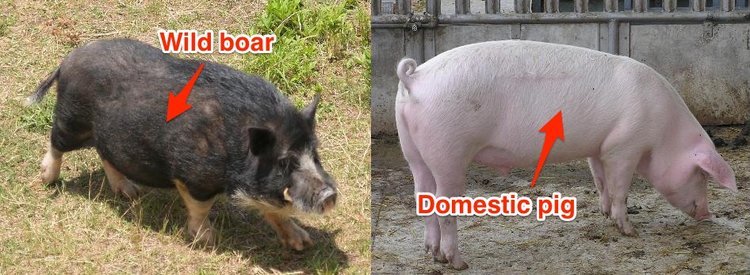
Modern pigs (right) were probably domesticated from the wild boar (left) in Asia, but Europeans began breeding their own pigs about 11,000 years ago, recent evidence suggests. Farmed pigs lack the tusks* and coarse fur of their wild brethren, and are prized for their tender, fatty meat.
*Domestic pigs can still grow tusks, but farmers typically remove them.
___________________________________________________________________________________________________________________________
Chickens
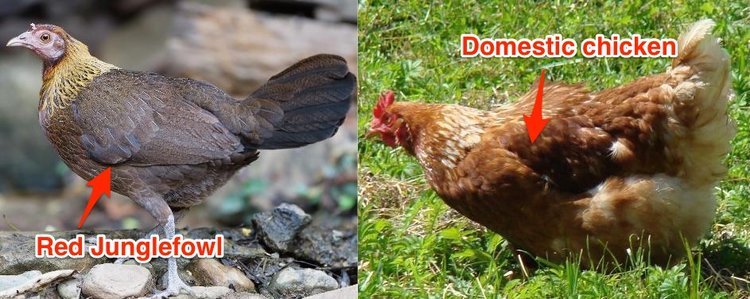
Domestic chickens (right) are descendants of the red junglefowl (left), which are technically the same species. They may have originally been bred for cockfighting, but today they are raised primarily for their meat and eggs. Sadly, most chickens today are raised in factory farms, under what many consider inhumane conditions.
___________________________________________________________________________________________________________________________





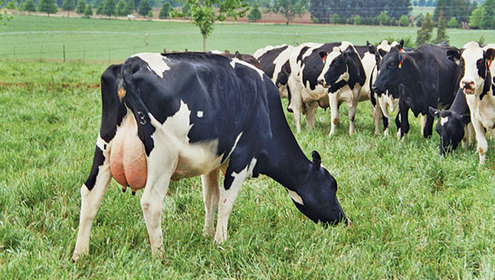
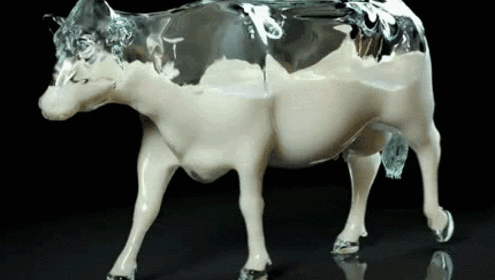



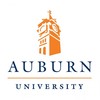

Comments (0)
Login or Register to add a comment